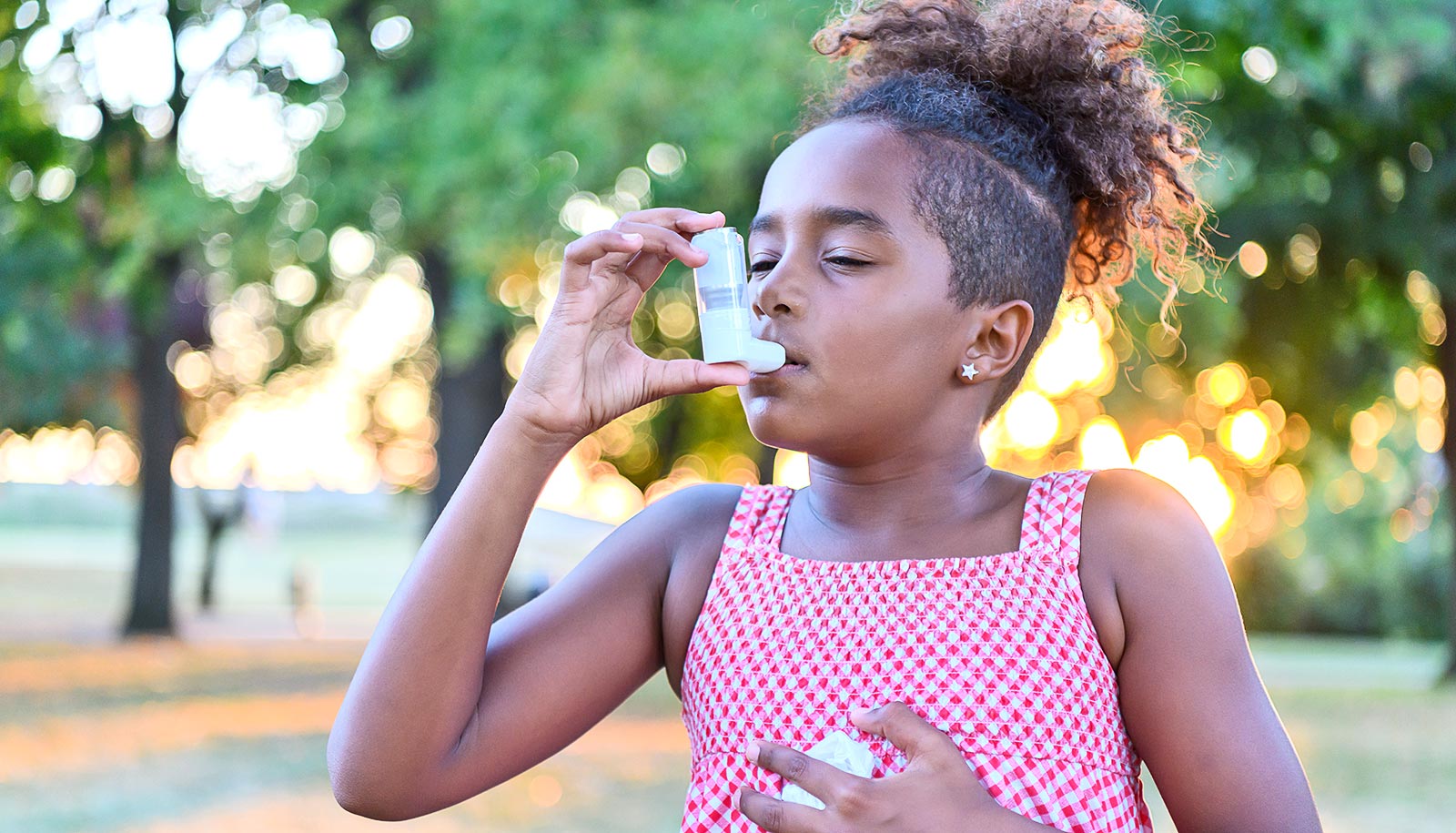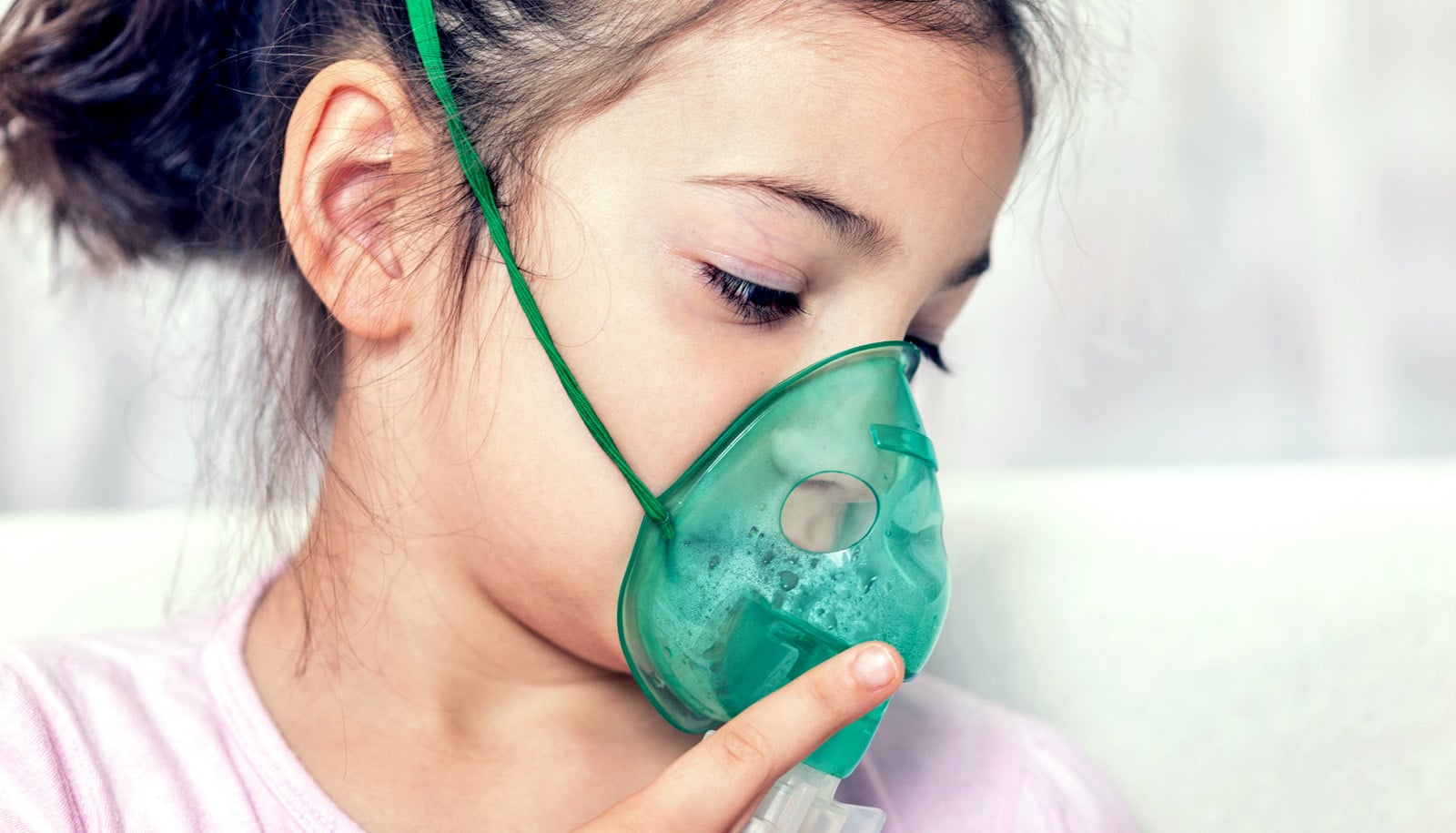The majority of children with asthma also have allergic rhinitis, or hay fever, researchers report.
Their new study also shows these kids have worse asthma outcomes.
Symptoms of hay fever include runny nose, sneezing, congestion and sinus pressure, and can contribute to asthma.
For the study in the Journal of Asthma, researchers reviewed data from three NIH-funded trials of 1,029 Rochester, New York school children with asthma. The primary goal of the trials was to evaluate whether providing children with preventive asthma medications in school would improve their asthma symptoms. Jill Halterman, professor in the pediatrics department at the University of Rochester, led the NIH trials.
While most children participating in these trials had improved asthma symptoms when they received their medications, a subgroup of children did not improve. This prompted the researchers to look at other health concerns that might have prevented the children from having a full treatment response.
“Through our study, we found that many of the children who did not report improved symptoms had allergic rhinitis in addition to asthma, and these children had more asthma symptoms, used their rescue medication more, and missed more school days compared to those without allergic rhinitis,” says Jessica Stern, an assistant professor in the pediatrics department at the University of Rochester Medical Center.
Importantly, less than half of the children with hay fever were receiving proper treatment for their symptoms, including nasal sprays and recommended antihistamines; nor had they been seen by asthma or allergy specialists.
“This is critical because it highlights gaps in care and needed treatments, which may contribute to the disparities in asthma outcomes that we see in children who primarily identify as Black or Latino, or are from low resourced communities,” Stern says.
“These findings also encourage a focus on contributing environmental factors and the social determinants of health for these children. The burden of allergic disease is often under-recognized and under-treated in historically marginalized populations, and we have an opportunity and obligation to address this to improve outcomes.”
Stern will continue this work to understand the multiple influences in a child’s life that affect their asthma.
“We are working to create a comprehensive, multi-disciplinary approach to overcome structural obstacles to equitable care for children with asthma. This will involve collaboration with caregivers and patients to plan systems of care that work for them. We understand that families are the experts, and we have to listen to what they think.”
Source: University of Rochester

